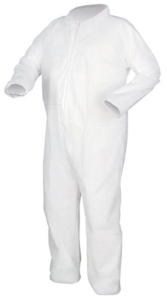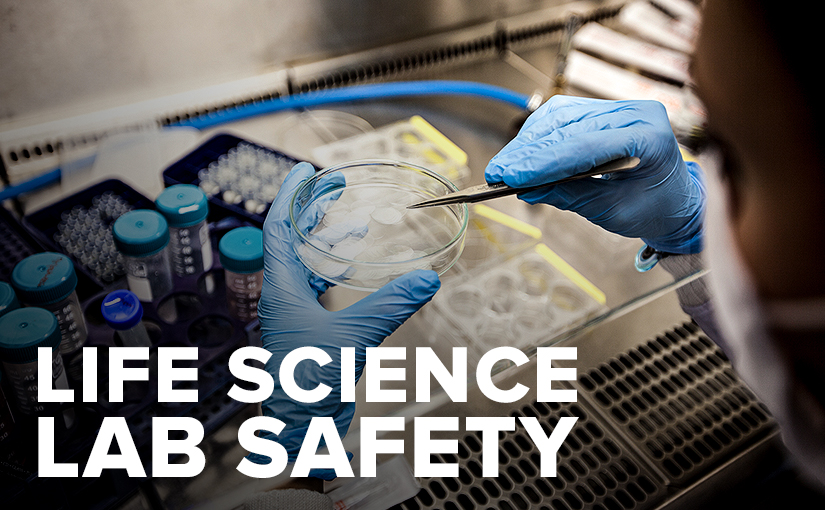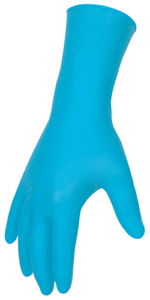In a laboratory, an ounce of prevention really is worth a pound of cure. Taking steps to prevent exposure to hazards comes in many forms; establishing a culture of safety, administering regular inspections, and wearing protective gear, just to name a few. Personal protective equipment (PPE) comes in many different forms and varieties; knowing what equipment to wear and when to wear it is half the battle to keeping everyone in a workplace safe.
As part of a laboratory’s staff, you know that many of the chemicals and substances worked with in a lab are dangerous to handle. Accidental exposure to chemical solutions, biological agents, or other contaminated substances can cause extreme and permanent damage. Of course, taking precautionary steps such as working under a ventilation hood is a good start, but to increase lab safety, workers will also need to wear quality PPE.
Diving into Lab Safety Head-First
Starting at the top, protecting the eyes and face is a simple way to greatly increase safety in your lab. Not only do those working in the lab need protection from splash hazards, they need to increase their defenses against harmful fumes that can irritate and burn the eyes and other soft tissues. Properly using safety eyewear and face shields can significantly decrease these risks.
Key Considerations
- Anti-fog coating, or ventilated frames
- Goggles that seal around the eyes
- Compatibility with respirators
- Compatibility with/prescription lens options
- Heat-reflective face shield window
- Removable or lift-front face shield design
Recommended Gear

2400 Verdict® Goggle
Getting a Grip on Safety with Gloves
Wearing gloves reduces the risk of contact with substances that you may not even know are there. Whether you’re pouring, mixing, or just cleaning up, gloves are an important piece of armor against accidental chemical contact. There are many qualities to think about when choosing the right gloves for the task at hand.
Key Considerations
- Reusability
- Thickness or puncture resistance
- Durability
- Resistance to hazardous chemicals and substances
- Coating
- Extended or incidental contact coverage
Recommended Gear
Dress for the Job
While wearing a hazmat suit should be more of the exception than the rule, being covered from head to toe in protective garments is still a good idea. Of course, clothing that is loose or provides inadequate coverage is never safe. Most, if not all, scientific labs will require hemlines below the knee, sleeves that come to the wrist, and closed-toe footwear. Some labs also require the use of shoe covers to prevent the spread of chemicals from work area to work area.
Key Considerations
- Intensity of splash hazards
- Resistance to chemicals and hazardous substances
- Flame resistance
- Tight cuffs around wrists and ankles
- Ease of removability in case of contamination
Recommended Gear

12WPC Coveralls
PRO3 = PROfessional PROtection PROviders
US Standard Products has a wide selection of top quality protective equipment that provides safer and smarter protection in the lab. Start exploring your options by downloading our free catalog or calling 1-844-877-1700 today.
To stay up-to-date on the latest workplace safety news and trends, follow US Standard Products on social media:


